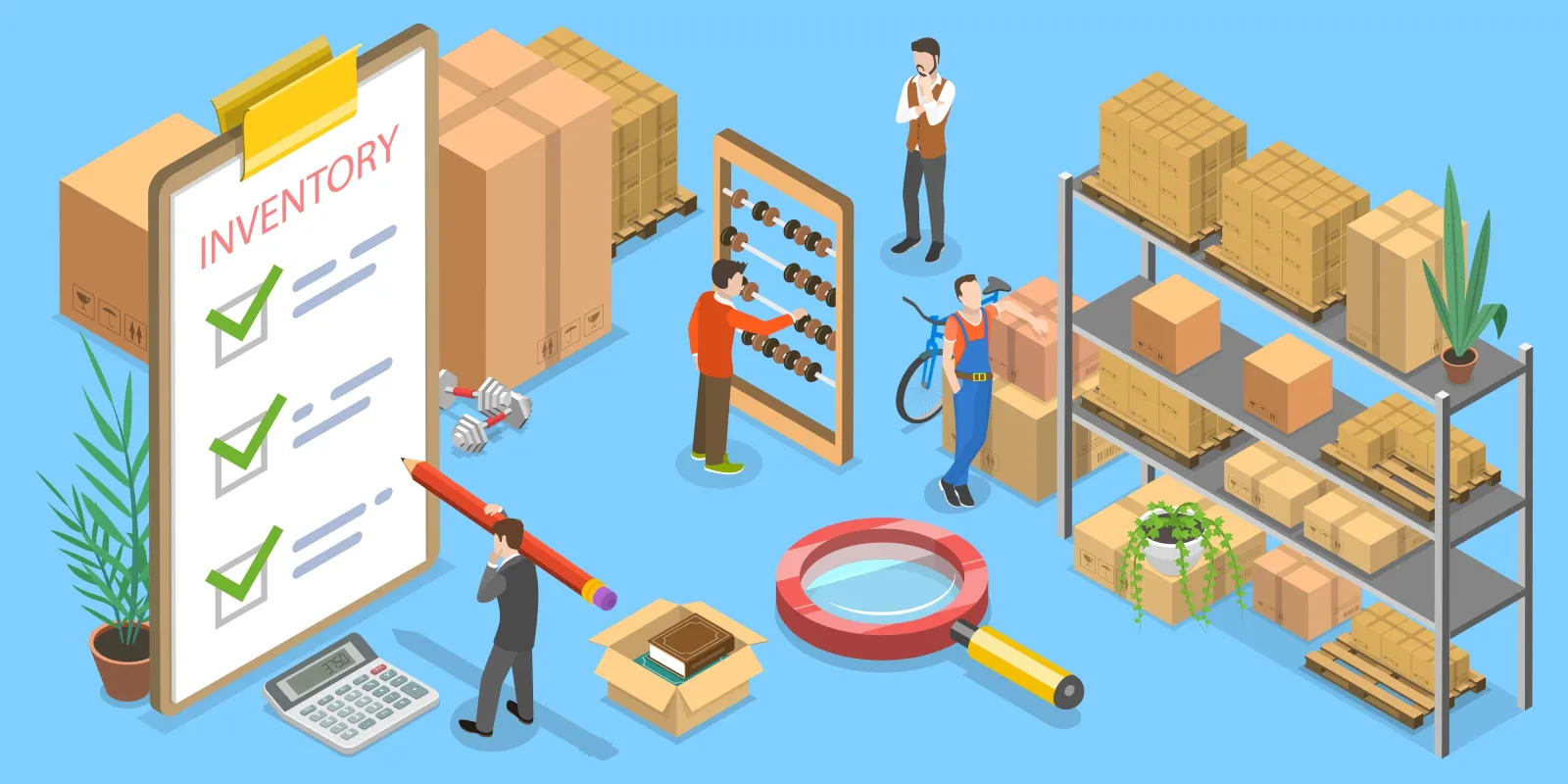CN erweitert Kapazität in Vancouver trotz Platzmangels und Anforderungen an die Lieferkette
Als Kanadas verkehrsreichstes Tor ist der Terminal in Vancouver ist ein Eckpfeiler des nordamerikanischen Handels. Angesichts der geografischen Beschränkungen und des begrenzten Expansionsraums hat die Kanadische Staatsbahn (CN) gibt einem intelligenteren Betrieb den Vorrang vor physischem Wachstum. Durch Investitionen in die Modernisierung der Infrastruktur, die Verbesserung der Planungskoordination und die Optimierung der ZugkapazitätMit diesem Projekt stellt CN sicher, dass der Frachtverkehr über einen der wichtigsten und platzmäßig am stärksten eingeschränkten Häfen des Kontinents weiter fließen kann.

1. Vancouver: Ein kritischer, aber eingeschränkter Hafen
CN betreibt fast 70% aller Züge in Vancouver und aus Vancouver heraus. Die Zweite Narrows-Eisenbahnbrücke und Thornton-Tunnel sind wichtige Verbindungen zum Nordufer-Terminalsdie mehr Waren umschlagen als jeder andere kanadische Hafen.
Vancouver ist jedoch von Wasser, Bebauung und bergigem Terrain umgeben, was eine physische Expansion erschwert. CN CEO Tracy Robinson nannte die Wachstumsaussichten des Terminals in Vancouver im Vergleich zu Prinz Rupert, dem anderen großen Gateway-Hafen von CN in British Columbia, eine Frage von "Zentimetern, nicht Meilen".
2. Wichtige Infrastrukturverbesserungen in Vancouver
Um den Verkehr flüssiger zu gestalten und mehr Kapazität aus der bestehenden Infrastruktur herauszuholen, hat CN gezielte Investitionen getätigt:
- Ausbau des Thornton-Tunnels: Durch die verbesserte Belüftung wurde der Zugabstand von 20 auf unter 10 Minuten reduziert.
- 19.000-Fuß-Passagiergleis: Ermöglicht die Abstellung von zwei Zügen in der Nähe der Brücke statt in Thornton Yard.
- Überführung Holdom Avenue (2027): Die Beseitigung eines wichtigen Bahnübergangs in Burnaby wird die Abstellung von zwei zusätzlichen Zügen ermöglichen.
- Neue Gleisanschlüsse: In der Nähe von Vancouver und in Kamloops zur Unterstützung eines reibungslosen Ablaufs.
Diese Aufrüstungen sind für die Maximierung des Durchsatzes von entscheidender Bedeutung, insbesondere bei Spitzenbewegungen von Schüttgütern wie Getreide.
3. Kollaborative Planung und Verkehrsmanagement
Um den Bahn- und Schiffsbetrieb zu synchronisieren, haben CN und die Vancouver Fraser Hafenbehörde genutzt werden:
- Programm für aktives Schiffsverkehrsmanagement
- Zentralisiertes Terminplanungssystem
Diese Systeme geben CN einen besseren Einblick in die Fahrpläne der Brückenhubwagen, ermöglichen eine präzisere Zeitplanung der Zugbewegungen und verringern Verspätungen, die durch Konflikte mit dem Schiffsverkehr in der Burrard Inlet.
4. Wetterbedingte Engpässe: Die Herausforderung Getreide
Eine der größten operativen Herausforderungen, die von CN festgestellt wurde, ist Entladung eines Getreideterminals bei regnerischem Wetter. Die Beladung von Schüttgutbehältern wird bei Regen ausgesetzt, was zu einer Kettenreaktion führt:
- Getreidezüge verspäten sich
- Die Waggons werden am Ursprungsort bereitgehalten oder in Kamloops
- Rückstände belasten Landwirte und Spediteure in der Prärie
Um dieses Problem zu lösen, hat sich CN mit Getreideunternehmen und dem Hafen zusammengetan, um die wahren Engpässe zu ermitteln und zu beheben - einige davon liegen außerhalb der Kontrolle der Eisenbahn. Es werden nun Lösungen entwickelt, die Folgendes ermöglichen witterungsunabhängige KornverladungDadurch werden die Auswirkungen von Verzögerungen durch Regen verringert.
5. Prince Rupert: Die andere Wachstumsgrenze von CN
In Vancouver gibt es zwar Kapazitätsprobleme, Prinz Rupert-ein kleinerer, abgelegener Hafen -bietet erhebliches Wachstumspotenzial. CN ist die exklusiver Bahnanbieter nach Prince Rupert, das über verfügbare Flächen für eine Expansion und ein starkes lokales Interesse an der Entwicklung verfügt.
Robinson zufolge wird das Wachstum in Rupert "schrittweise" erfolgen, während das Wachstum in Vancouver schrittweise und koordiniert erfolgen wird.
6. Das größere Bild: Eine koordinierte Lieferkette
Robinson betonte, dass der Schienenverkehr allein keine Lösung für die Verkehrsüberlastung darstellt. Echte Fluidität erfordert Zusammenarbeit über die gesamte Lieferkette hinweg, einschließlich:
- Terminals
- Betreiber von Schiffen
- Hafenbehörden
- Verlader
Sie erklärte, dass die Optimierung einzelner Teile noch keine Garantie für die Effizienz des gesamten Systems ist. Nur wenn alle Parteien arbeiten zusammen können Engpässe ganzheitlich behoben werden.
Schlussfolgerung: Technisches Wachstum ohne Expansion
Trotz der geografischen Beschränkungen Vancouvers beweist CN, dass Kapazitätswachstum bedeutet nicht immer mehr Platz - es kann auch eine intelligentere Nutzung der vorhandenen Infrastruktur bedeuten.. Durch Investitionen, Koordination und Technologie will CN den Hafen von Vancouver effizient halten und Kanadas Handelswirtschaft jetzt und in Zukunft unterstützen.
Aufruf zum Handeln
Verfolgen Sie unseren Blog, um auf dem Laufenden zu bleiben:
- Kanadische Infrastruktur der Lieferkette
- Projekte für Hafen- und Bahnkapazitäten
- Operative Strategien von CN und CPKC
- Einblicke in die Getreidelogistik und Frachtströme
Einblicke in die Industrie
Nachrichten über den Posteingang
Nulla turp dis cursus. Integer liberos euismod pretium faucibua







